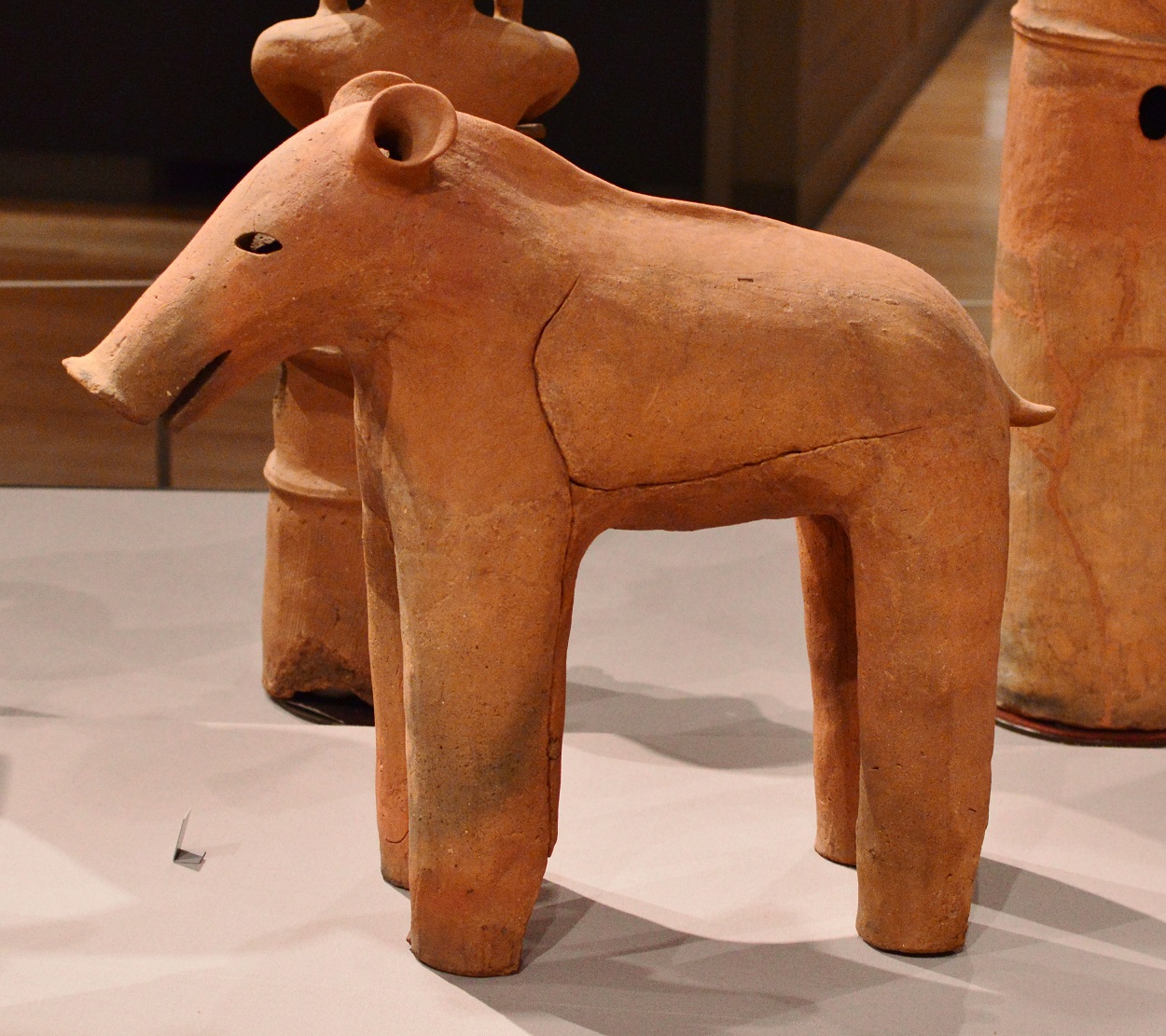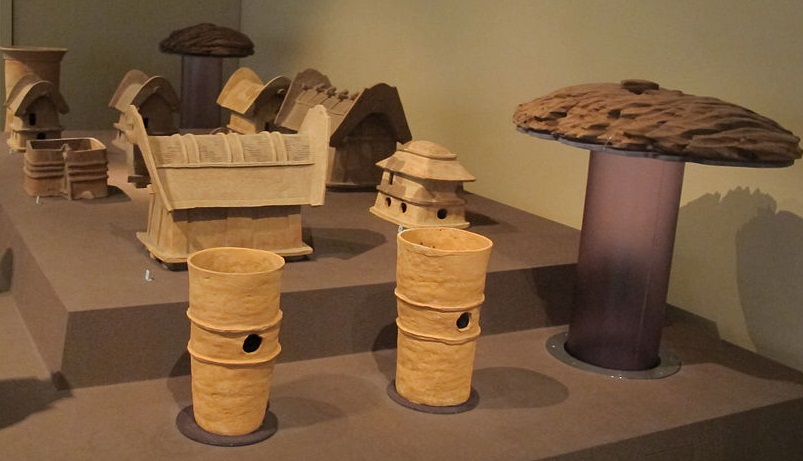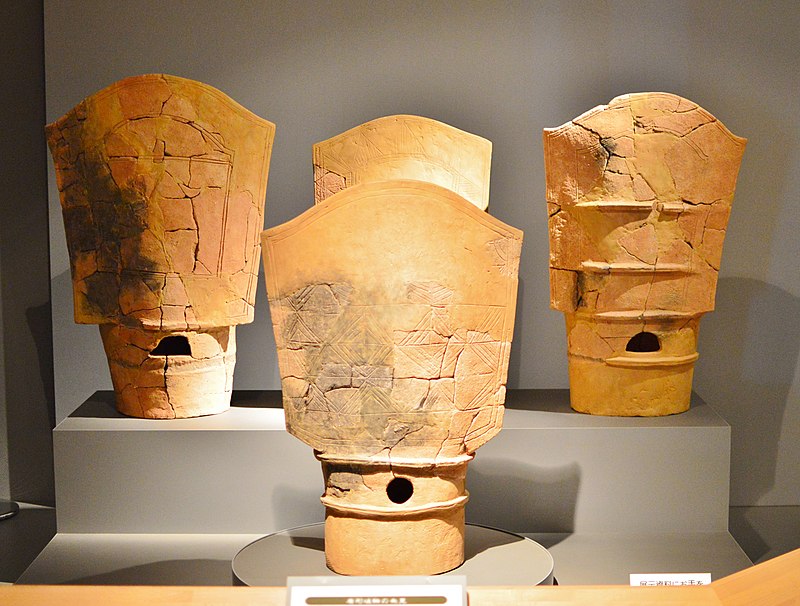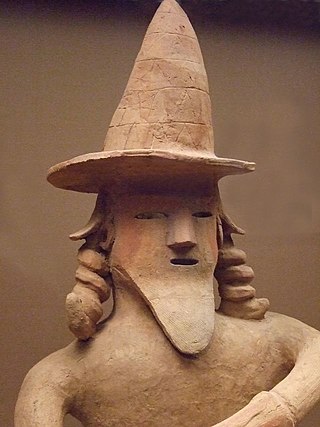
In the III-VII centuries. in Japan, ritual ceramics known as haniwa were placed in burials. These sculptures and dishes are still found in barrows where monarchs and aristocrats were buried. The word “khaniva” can be translated as “clay circle”: objects were placed in a circle in the place where the remains of a person rested. The material was highly durable, so many artifacts have been preserved in good condition.
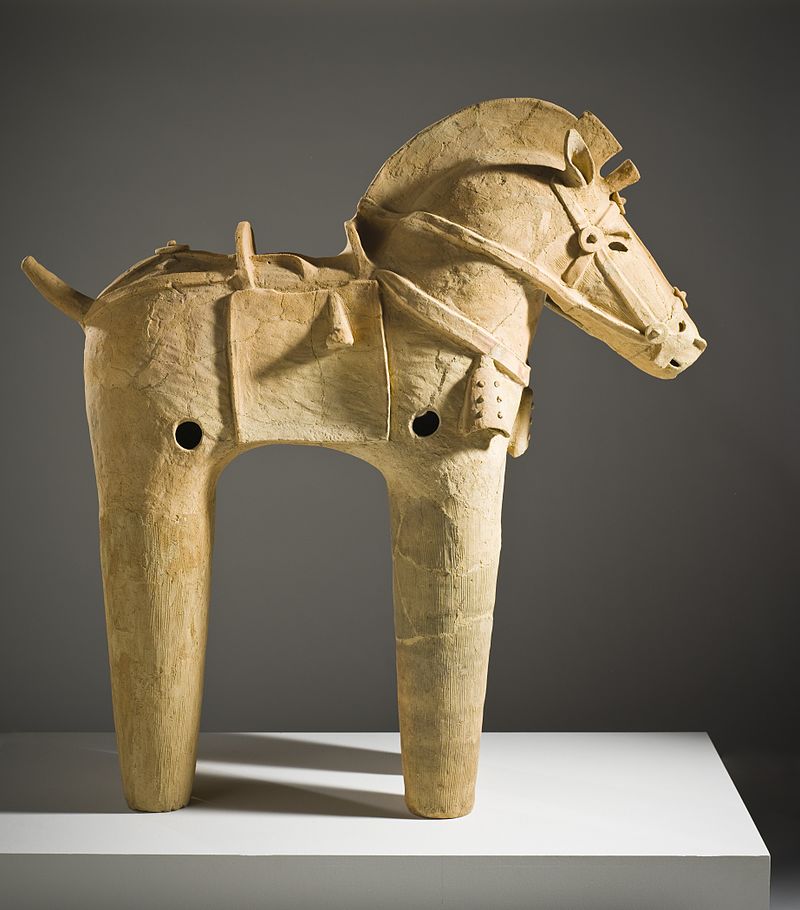
Most of the haniwa pottery has been found on the islands of Honshu and Kyushu. These are numerous products in the form of animals, structures, weapons, as well as human figures. All of them have become rich material for the study of the Kofun (“old mound”) period.

The earliest finds are sculptures consisting of several cylindrical parts. The objects are quite large, some reach a meter in length. In the III century they were installed on the tops of the imperial mounds in the Kinai region. Later, special dishes appeared, which were used to build the foundation in the process of erecting the mound. Ceramic barrels were placed in a row, filled with earth, and the next row of barrels was placed on top. Having built the walls of the mound of the desired height, they were sprinkled with earth to form slopes.
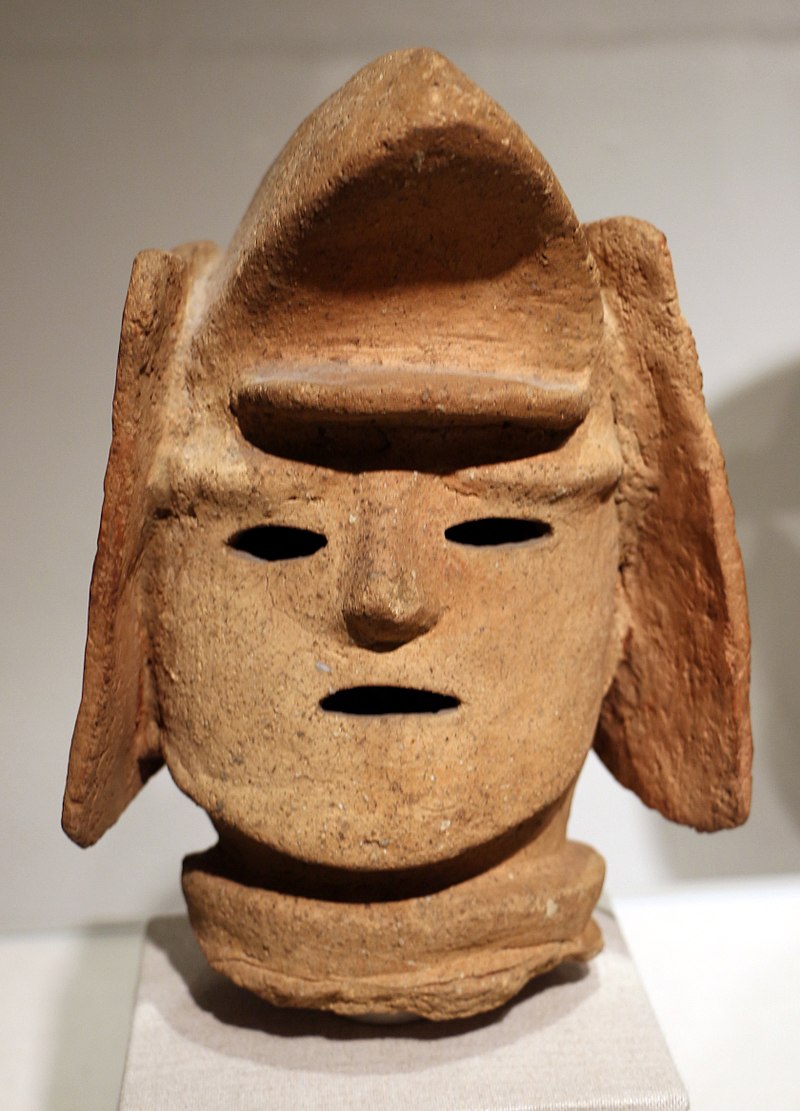
In the 6th century, Haniva ceramics became more diverse, objects appeared in the form of tools and weapons. Craftsmen continued to create figurines, including clay dogs, horses, birds, as well as figurines of priestesses. The decline in the popularity of the khaniva in the 6th century is due to the fact that the practice of burying people in mounds was gradually becoming a thing of the past.
